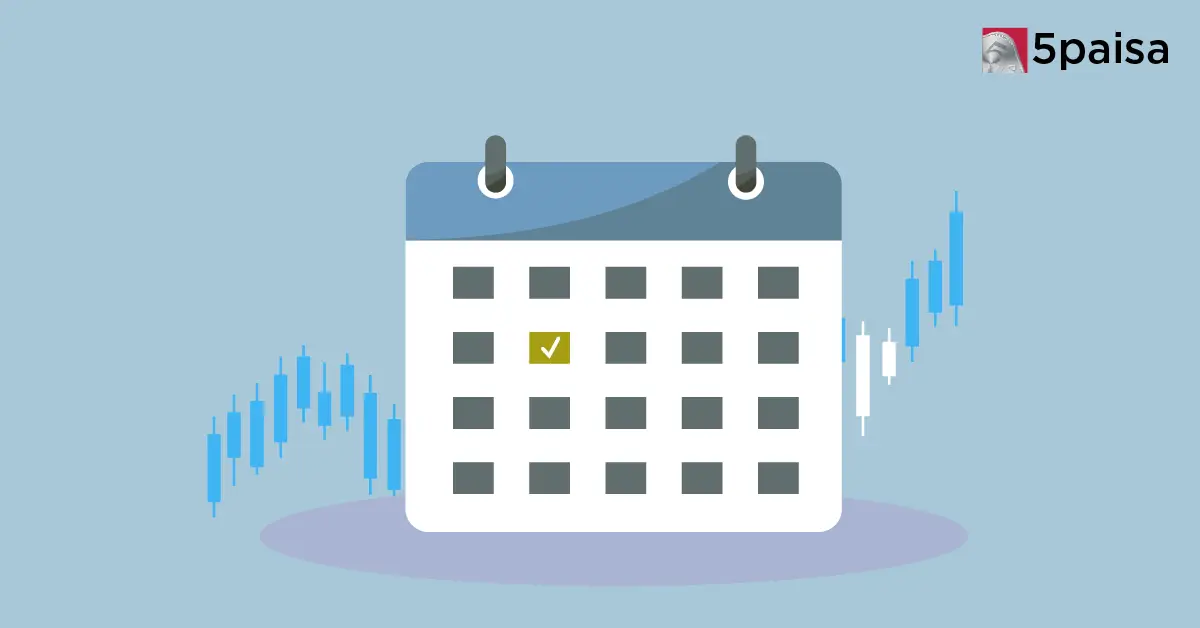Fed Cuts Benchmark Rate by 25 bps as Policy Easing Continues
Asia-Pacific Markets Decline Amid Moody’s U.S. Downgrade and Weak China Data
Last Updated: 19th May 2025 - 01:56 pm

Markets across the Asia-Pacific region kicked off the week cautiously. The reason? A one-two punch: Moody’s just downgraded the U.S. credit rating, and China released some economic data that left investors scratching their heads. The ripple effects were felt far and wide, with the U.S. and China being key financial players.
How Did Markets React?
In Japan, the Nikkei 225 slipped 0.7%, hit by losses in tech and industrial stocks, sectors that usually react sharply to what’s happening in the U.S. South Korea’s KOSPI took a bigger hit, falling 1.2%, as global risk appetite weakened.
Australia’s S&P/ASX 200 dropped 0.7% due to falling energy and mining stocks. Investors are closely watching China’s commodity demand, and it’s not looking too hot. Over in Hong Kong, the Hang Seng Index fell 1.5%, and mainland China’s Shanghai Composite lost 0.6% after initially bouncing back, only to be dragged down by weak consumer spending numbers.
Moody’s Downgrades the U.S., Here’s Why It Matters
Moody’s lowered the U.S. credit rating from Aaa to Aa1, citing rising debt, high interest payments, and political gridlock in Washington. They say the U.S. is starting to look less financially reliable.
While this wasn’t totally unexpected, especially after similar moves by Fitch in 2023 and S&P back in 2011, it still shook things up. U.S. Treasury yields crept higher, the dollar dipped by 0.33%, and gold prices jumped almost 0.75% as investors sought out safer assets.
The U.S. government didn’t take it lightly. Treasury Secretary Janet Yellen called the downgrade “arbitrary” and insisted the economy is still strong. But analysts warn that a third downgrade from a major agency could push borrowing costs up and even trigger more downgrades across U.S.-linked debt.
China’s Economy: Good News, Bad News
At the same time, China released its April economic data, and the message was mixed. Industrial production beat expectations, rising 6.1% from a year earlier but still slower than March. On the flip side, retail sales grew only 4.5%, falling short of forecasts and highlighting weak consumer confidence.
The housing sector continues to be a drag. Home prices have now declined for 11 straight months, and investment in fixed assets is slowing. Despite policy moves like lower reserve requirements and promises of more infrastructure spending, China’s efforts to boost the economy aren’t making much of a dent yet.
The IMF recently cut China’s 2025 growth forecast from 4.6% to 4.0%, citing some deep-rooted problems: an ageing population, high youth unemployment (about 15%), and cautious private sector spending. In addition to geopolitical tensions with the U.S. and scrutiny from Europe over Chinese EV subsidies, business confidence is taking another hit.
The Global Reaction
U.S. stock markets ended last week with small losses, and early indicators show more weakness ahead. The S&P 500 and Nasdaq are each down about 0.3% in pre-market trading. In Europe, it’s a mixed bag; London’s FTSE 100 dropped 0.4%, and Germany’s DAX slipped 0.6%, as investors worldwide question the global growth outlook.
JPMorgan analysts summed it up this way: the downgrade isn’t just a symbolic slap; it reflects real fiscal stress that could eventually limit the Fed’s ability to manage the economy and send shockwaves through global markets.
Defensive Mode is Activated
Investors are getting nervous. We’re shifting from stocks to safer bets like bonds and gold. “Risk is being repriced across Asia,” said HSBC’s Winnie Zhang. “When both the U.S. and China stumble, it shakes the entire global foundation.”
Tech and consumer-related stocks took a beating in Asia, as investors began to doubt whether company earnings could hold up in a world of high interest rates and slow growth. Energy stocks also dropped, thanks to falling oil prices. Brent crude fell below $82 per barrel, mainly due to weaker demand from China.
What Are Central Banks Going to Do?
All eyes now turn to central banks. This week, the U.S. Federal Reserve will release minutes from its May meeting, and investors will examine the details for signs of more interest rate hikes.
The People’s Bank of China is expected to keep rates steady in China, but pressure is growing for more action. Economists say it’s time to shift focus from infrastructure to boosting households, especially if they want people to start spending again.
Japan’s central bank is also in a tight spot. It needs to balance inflation and growth after moving away from negative interest rates earlier this year. The yen is hovering around 152 per dollar, sparking talk of a possible government move to support the currency.
- Flat ₹20 Brokerage
- Next-gen Trading
- Advanced Charting
- Actionable Ideas
Trending on 5paisa
01
 5paisa Capital Ltd
5paisa Capital Ltd
Global Market Related Articles
Disclaimer: Investment in securities market are subject to market risks, read all the related documents carefully before investing. For detailed disclaimer please Click here.




